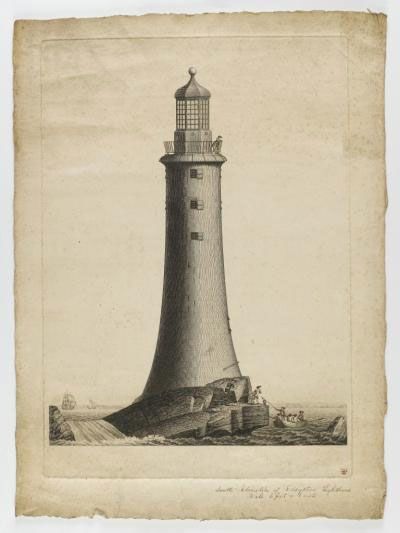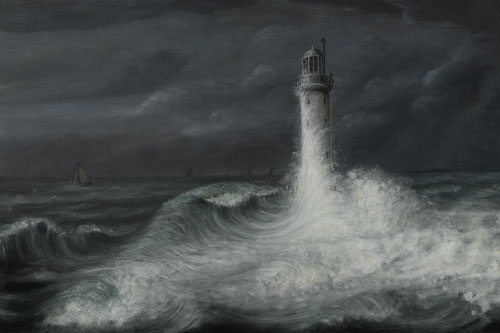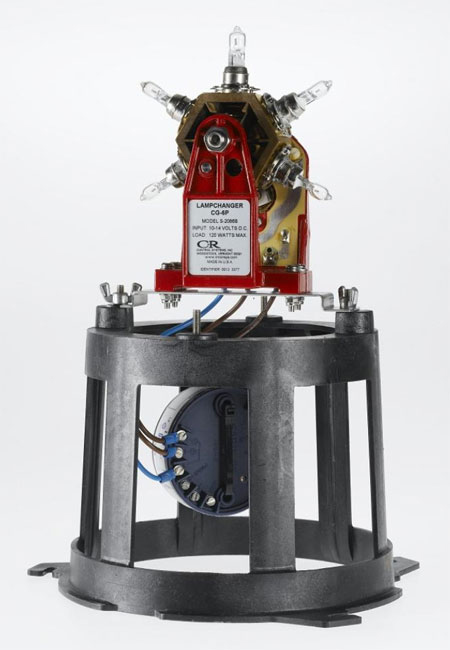As we await the full reopening of the transformed National Museum of Scotland next summer, it is always good to be reminded of the outstanding collections held by National Museums Scotland. The material that has come to us over the years relating to lighthouse technology is of international significance, and no other collection in the United Kingdom has quite the same depth and breadth. Much of it had been on display in the former Civil Engineering gallery, which opened in April 1928. However, the contents of the gallery were packed up just before construction work began on the National Museum of Scotland in 1992.
It all started in 1859, when the Royal Society of Edinburgh decided to pass over to the newly opened Industrial Museum of Scotland a group of items associated with the building of the various lighthouses on the Eddystone Rock, off Plymouth. These items had come to the Society in 1828 from the widowed Susan, Countess of Morton. The material had been put together for, and consulted by, the great early civil engineer, John Smeaton, whose pioneering stone lighthouse on this dangerous reef remained standing until the 1870s, when the rock itself proved to be crumbling.

This stone-built structure formed the inspiration for lighting one of Scotland’s most dangerous hazards for shipping: the Inchcape Reef off the east coast of Scotland, which threatened sailing vessels trading with the ports in the rivers Tay and Forth. Twice a day the reef is entirely submerged, but when the water is at its lowest it is uncovered to reveal a razor-sharp rock about 430 feet in length by 230 in breadth; for much of the time the danger lies just below the surface. There is an old legend that a good Abbot of Aberbrothock (Arbroath) Abbey put a bell on the rock, which swung in the wind to warn mariners of the peril; hence the name ‘the Bell Rock’.
The Northern Lighthouse Board was formed by Act of Parliament in 1786, with authority to make Scotland’s dangerous coasts safer for those who sailed around them. Their first Engineer was Thomas Smith, originally an Edinburgh lamp-maker, who took to his new trade of lighting Scotland’s coasts with great success. Smith brough this stepson Robert Stevenson into the business in 1796, and in due course he became Engineer to the Northern Lighthouse Board; his memorial remains the Bell Rock lighthouse, first lit in February 1811.

But the collection here contains much more: items constructed for the international trade exhibitons held during the latter part of the 19th century; the oldest lens-structure for a UK lighthouse; the prototype of the largest lens formation ever used; and, now, modern additions for these days of automation, including an automatic bulb changer, hand-held GPS and a solar panel.
